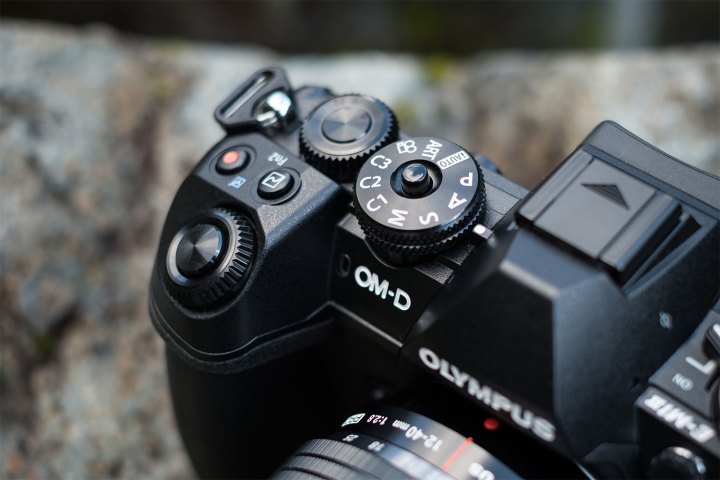
The discontinuation comes at no surprise, since the last Four Thirds body from the company is over six years old. The idea stemmed from developing a camera with an optimal sensor size for both image quality and portability. The system was the first format designed specially for digital cameras, unlike the APS-C sensors that were based on 35mm film.
The issue was that the lenses the smaller sensor required were actually larger, so the system didn’t really offer that portability in exchange for the smaller sensor. But when engineers took another look at how to make that sensor format even smaller, Olympus and Panasonic removed the mirror and the Micro Four Thirds system was born in 2008.
As the Micro Four Thirds system nears double digits, the French photography magazine Focus Digital toured the Olympus research and development and talked with Akira Watanabe, the company’s general manager for product planning, about what’s next for the company. In the interview, translated by Google, Watanabe says that Olympus is currently diving into the possibility of 8K on the same Micro Four Thirds sensors.
8K in the Micro Four Thirds format would require 33 megapixels, but as sensors continue to move from the single digits into the mid-twenties, that requirement likely won’t stand in the way much longer. The key to reaching that number involves continuing to advance the noise reduction tech inside the sensor, Watanabe suggests, since more megapixels tends to mean more noise.
Olympus’ latest lenses have been praised for their ability to use both lens and sensor stabilization at the same time for as much as 6.5 stops combined. At the time, that level was believed to be the maximum the internal gyroscope could work with before it would actually get thrown off by the rotation of the earth, but the latest interview suggests that isn’t the case.
“The gyroscopic sensors we use are increasingly sensitive,” Watanabe said. “They can detect arm tremors (direction, speed) and their precision is very important to guarantee the performance of the stabilization. We use sensors so sensitive that they can now also detect the movement of the rotation of the Earth. In spite of this, we can distinguish the movements of the rotation of the Earth from the trembling of the photographer’s arm. We will therefore further improve the sensitivity of the sensors to optimize the performance of our stabilization system.”
The double stabilization is currently available in the M. Zuiko Digital ED 300mm f/4 IS Pro and the 12-100mm f/4 IS Pro. While Watanabe says that a wide angle lens with the same stabilization isn’t as advantageous for stills, a wide option would be a useful lens for video, he says.
The same interview suggests Olympus’ development team is also digging into Bluetooth connectivity and correcting for rolling shutter in future releases.



